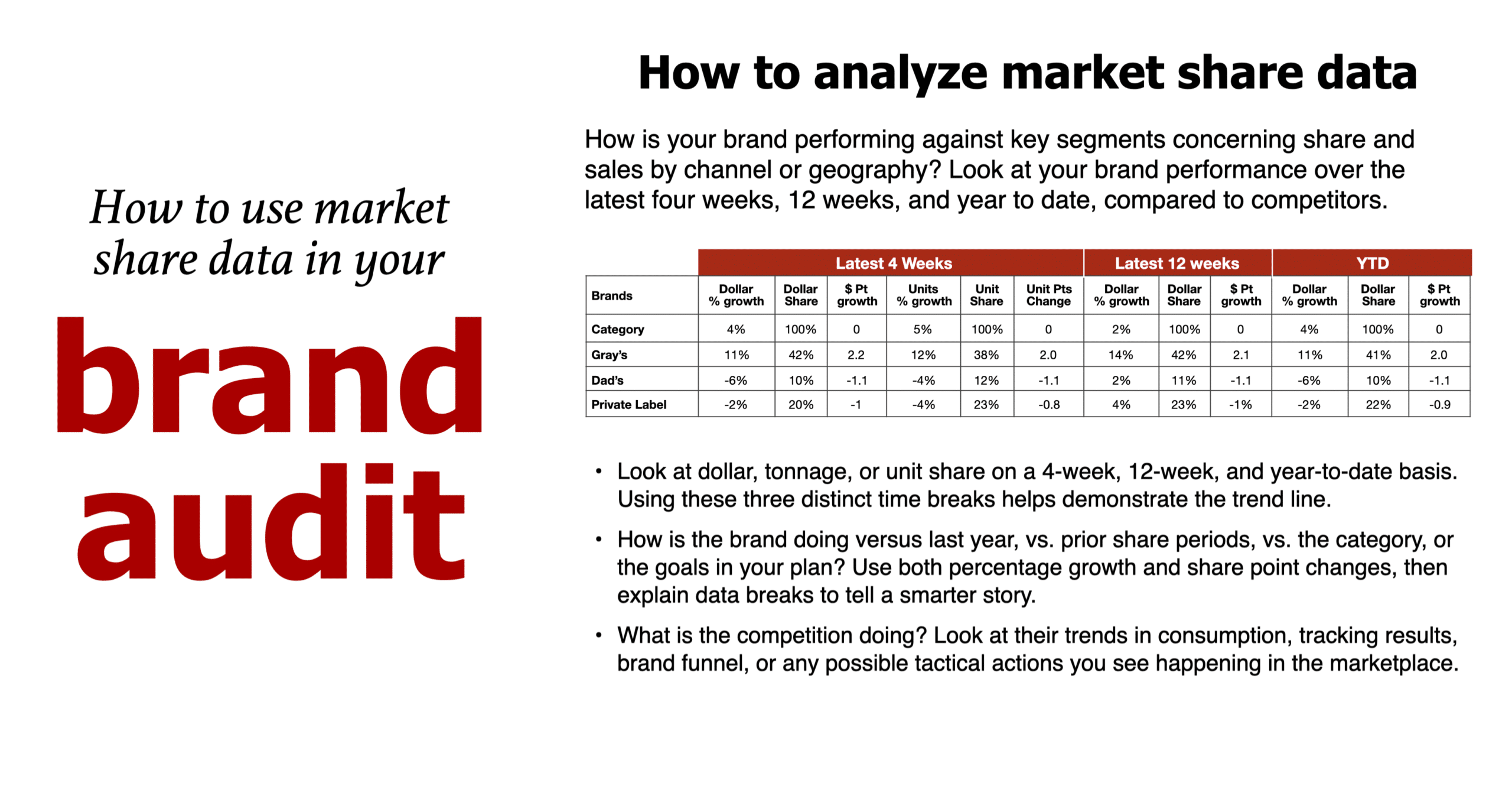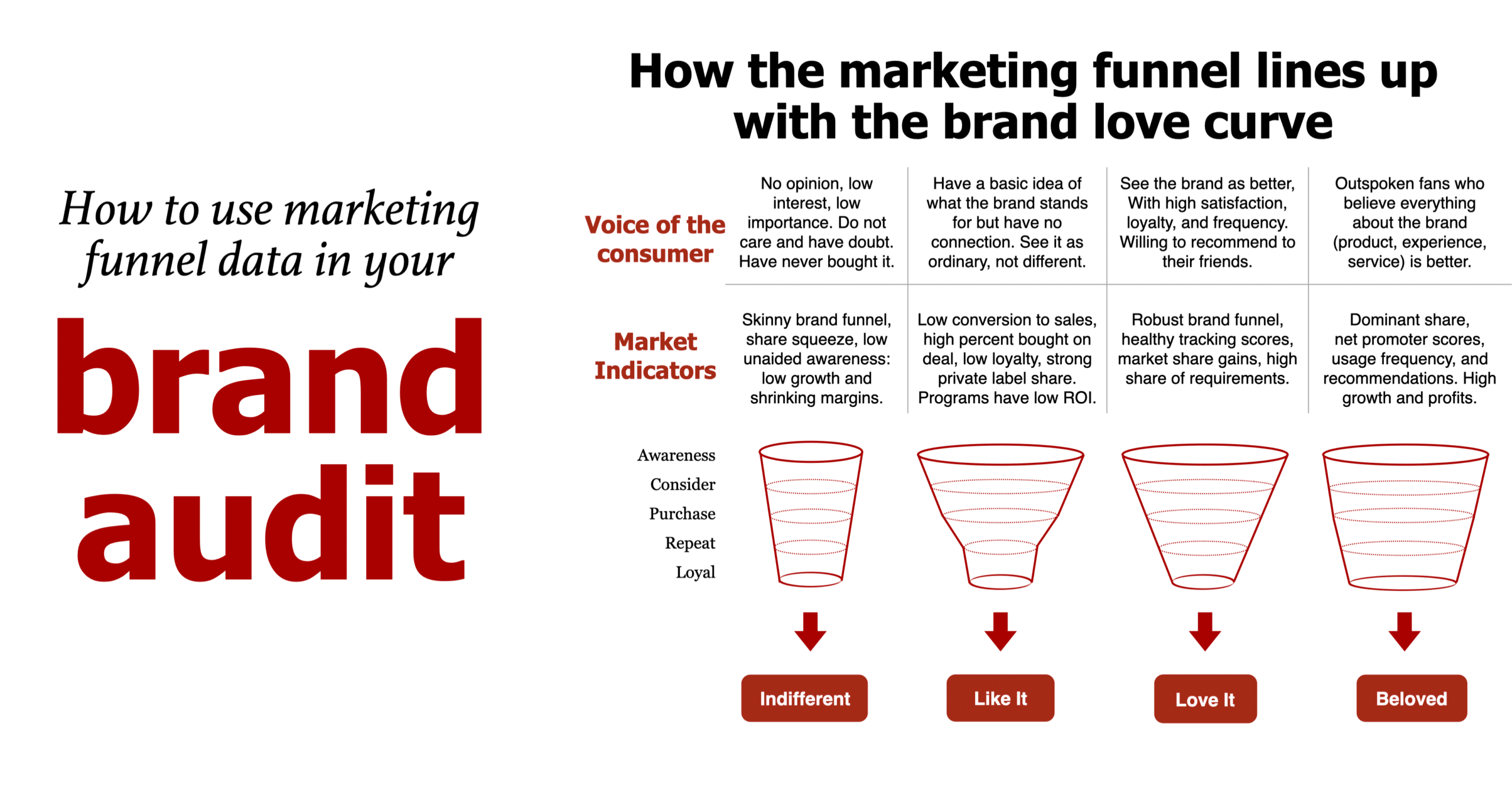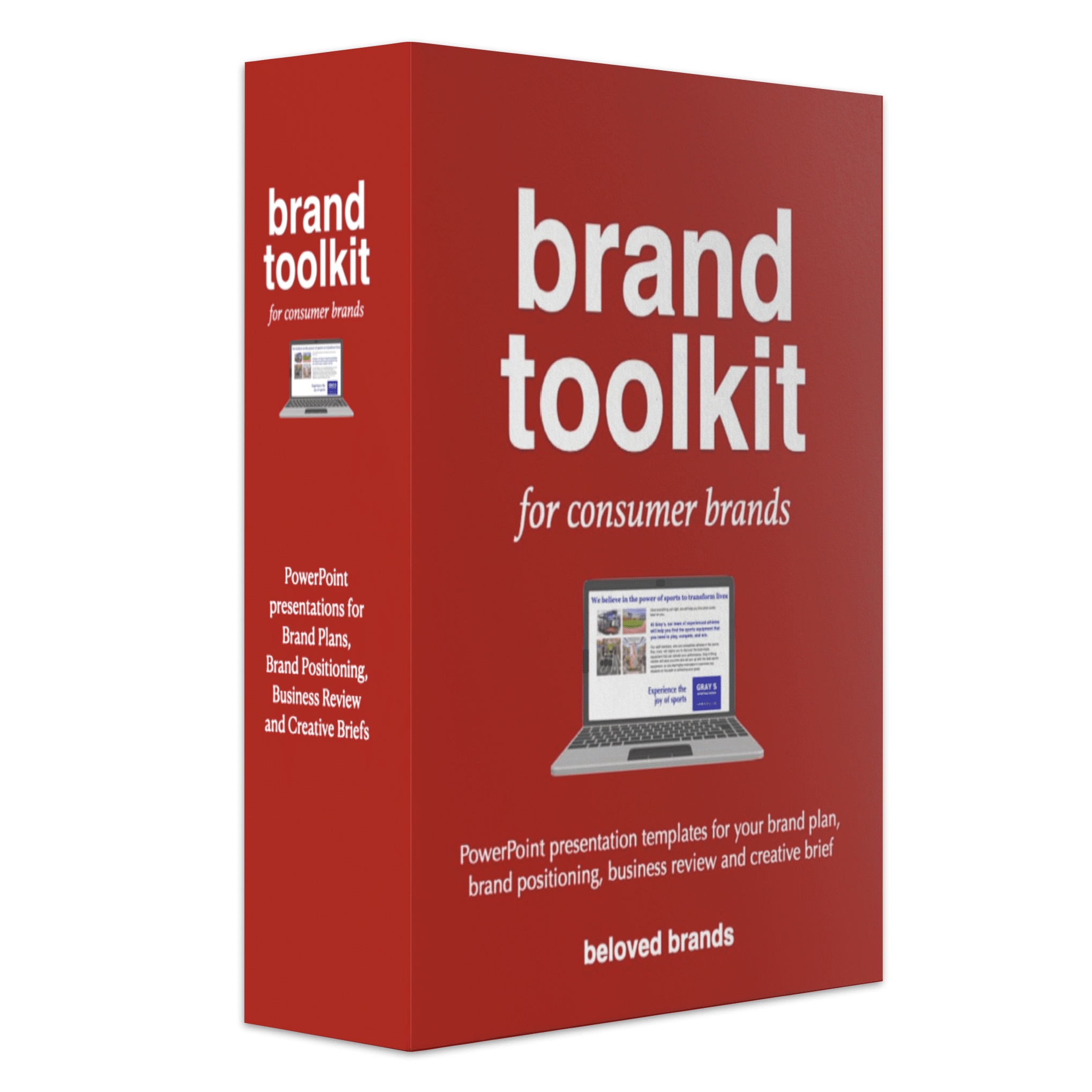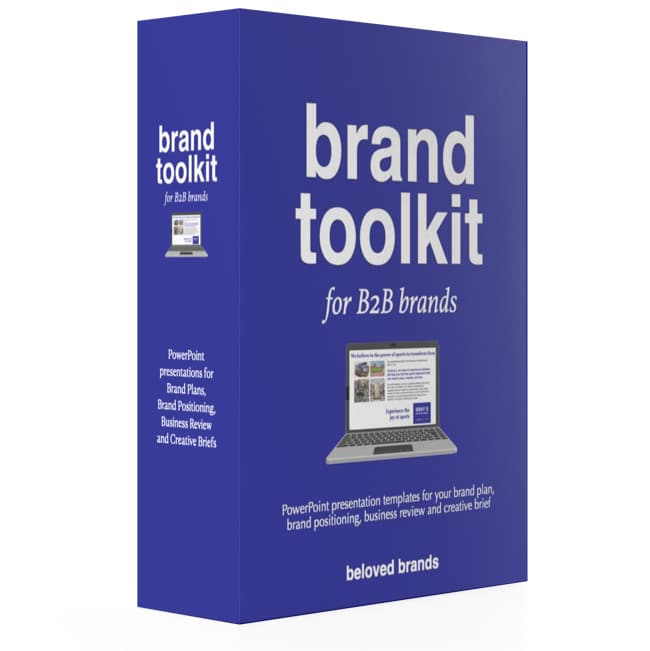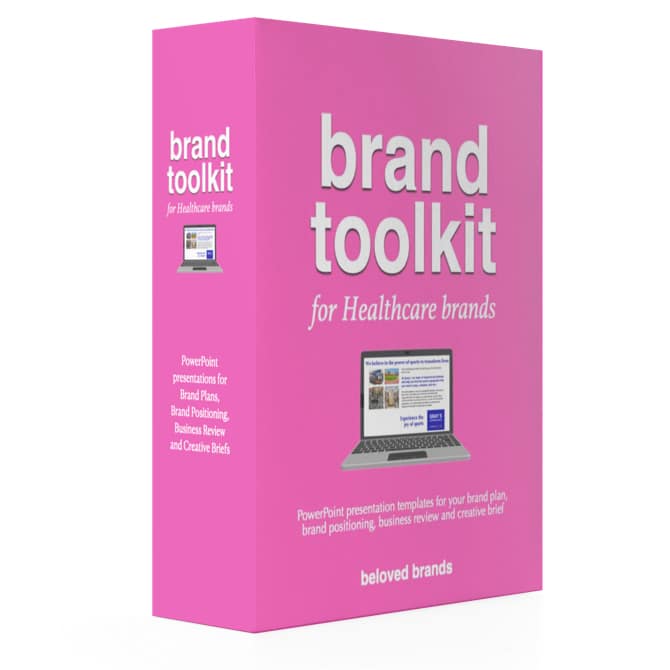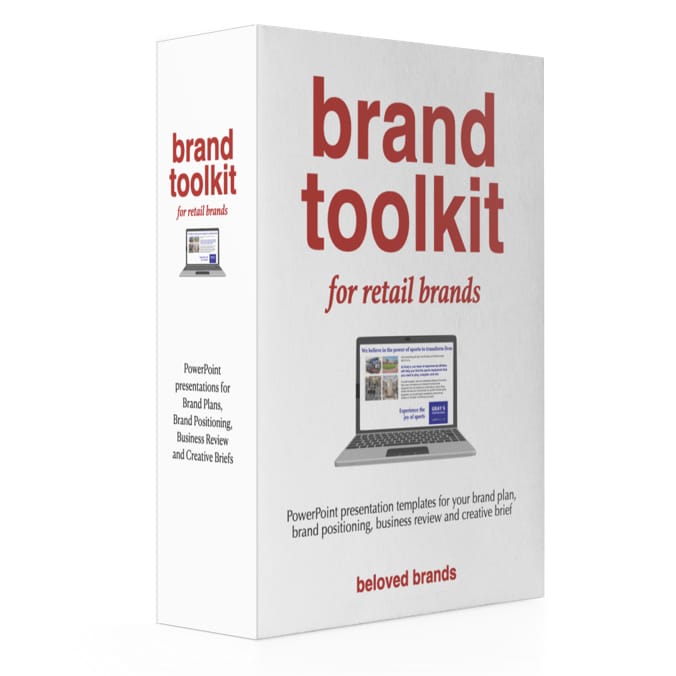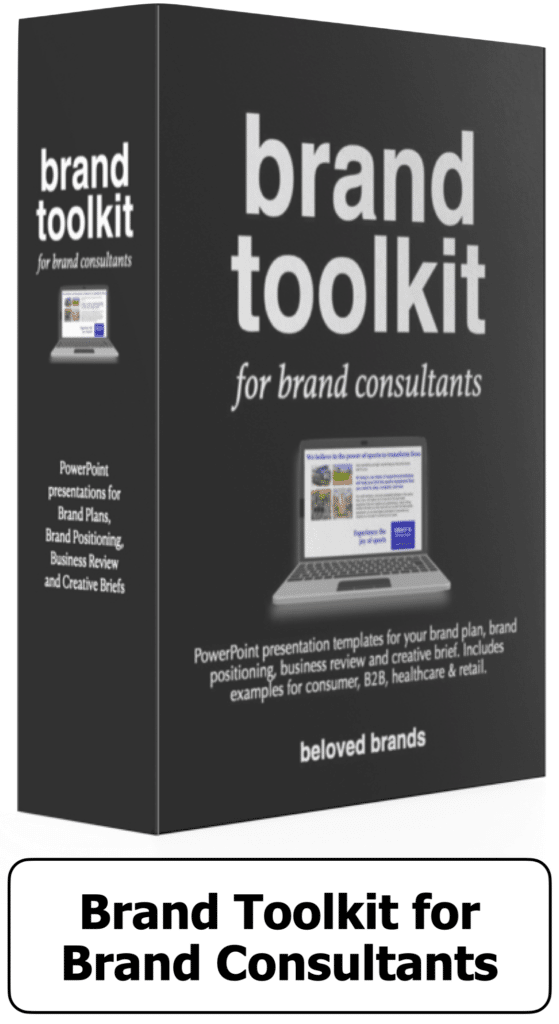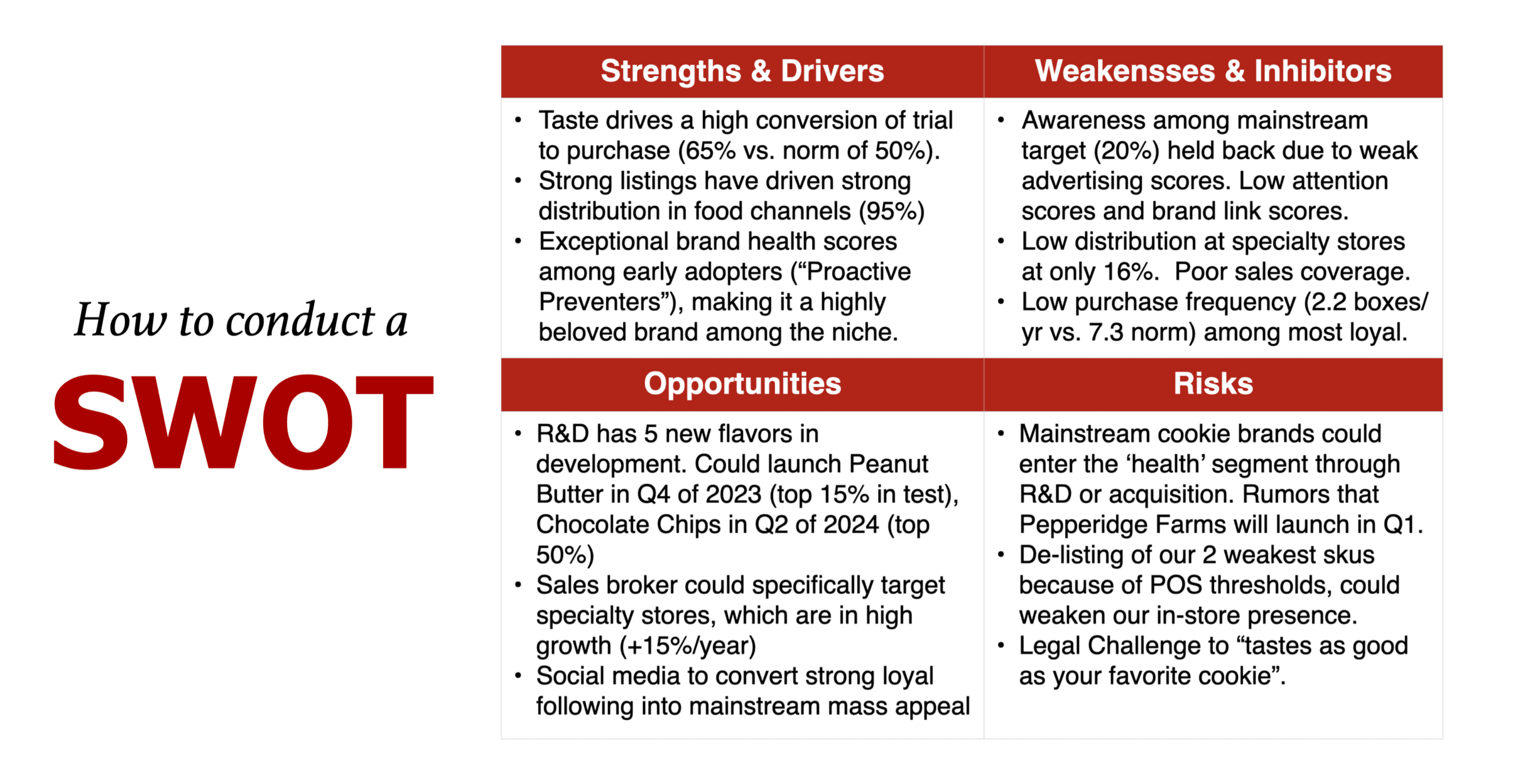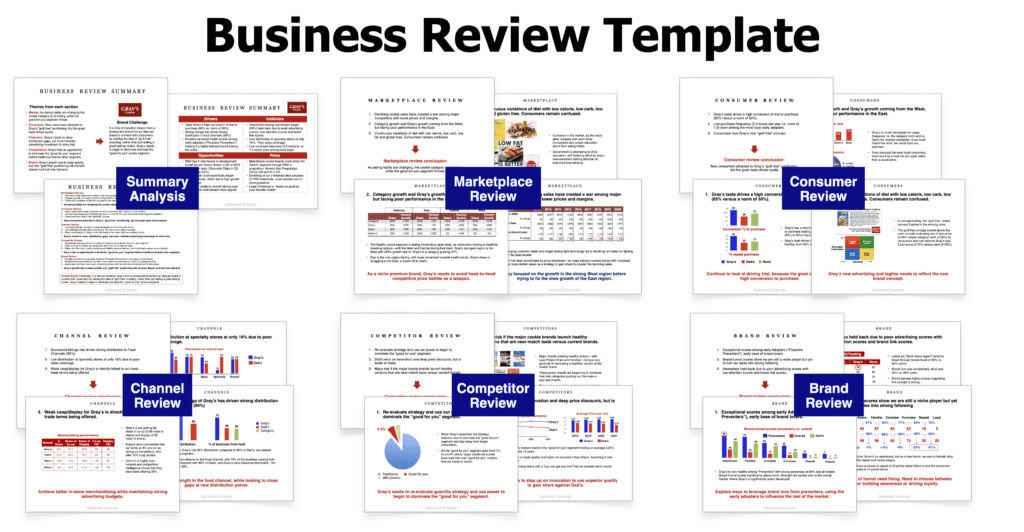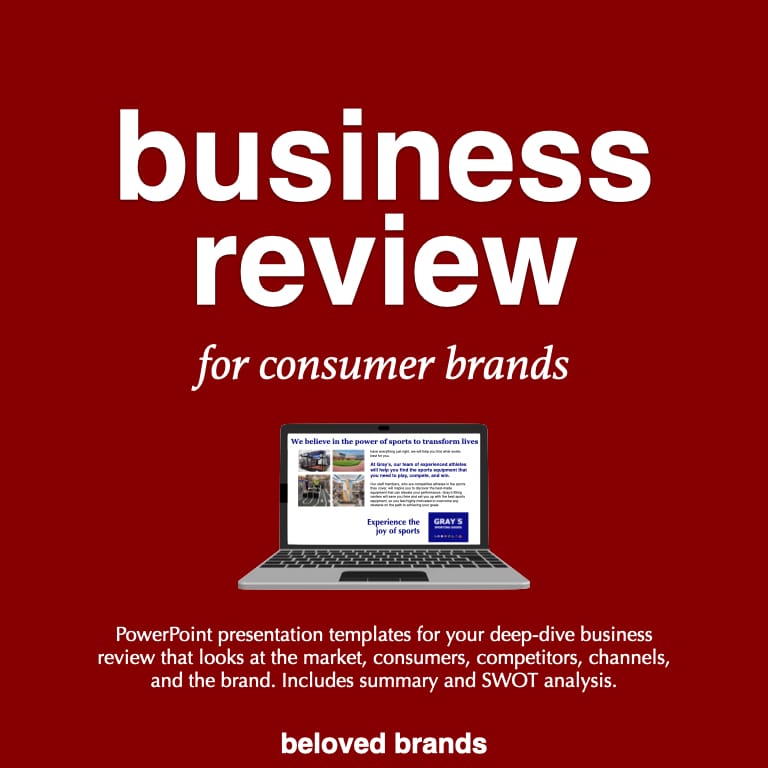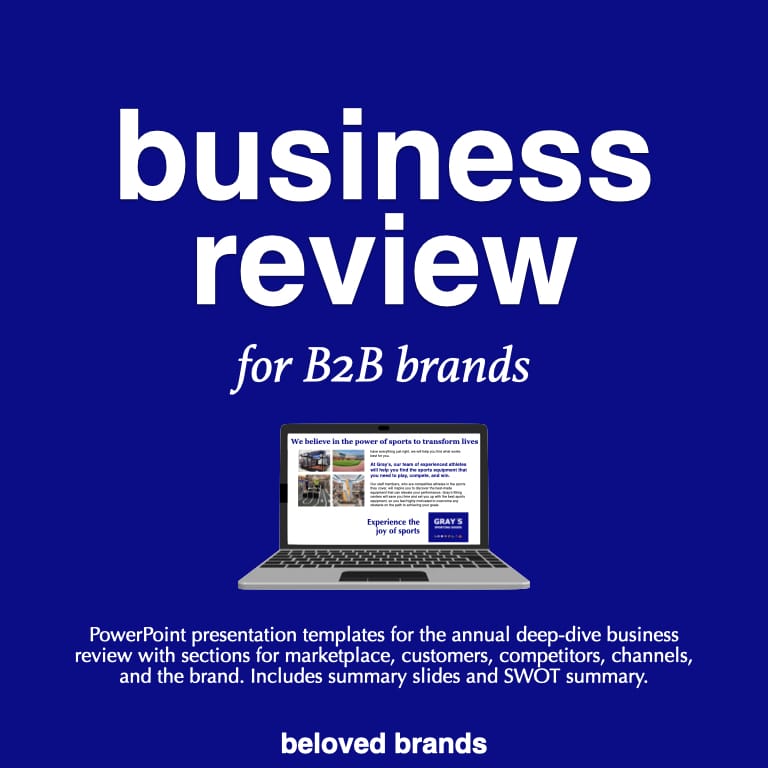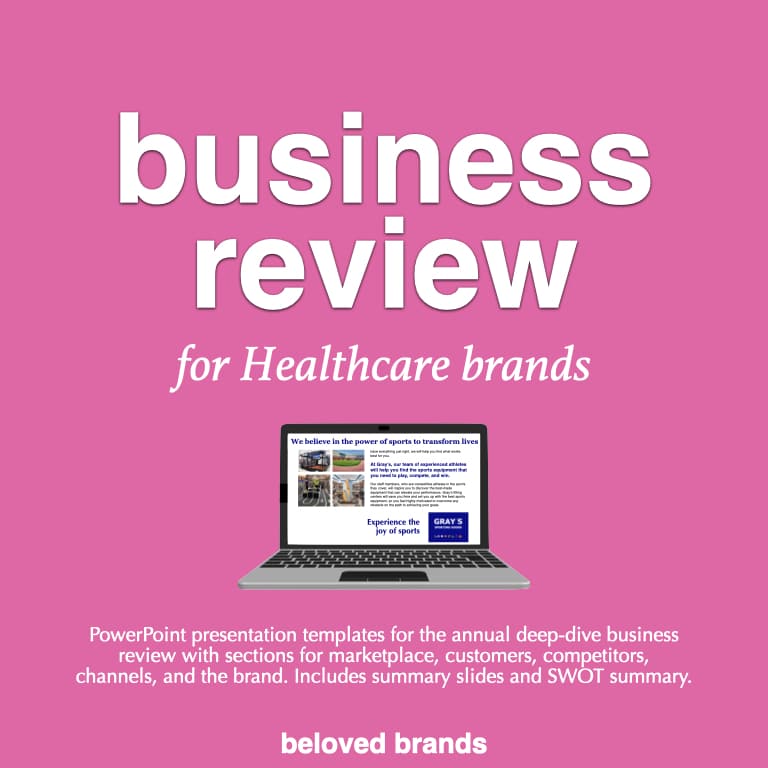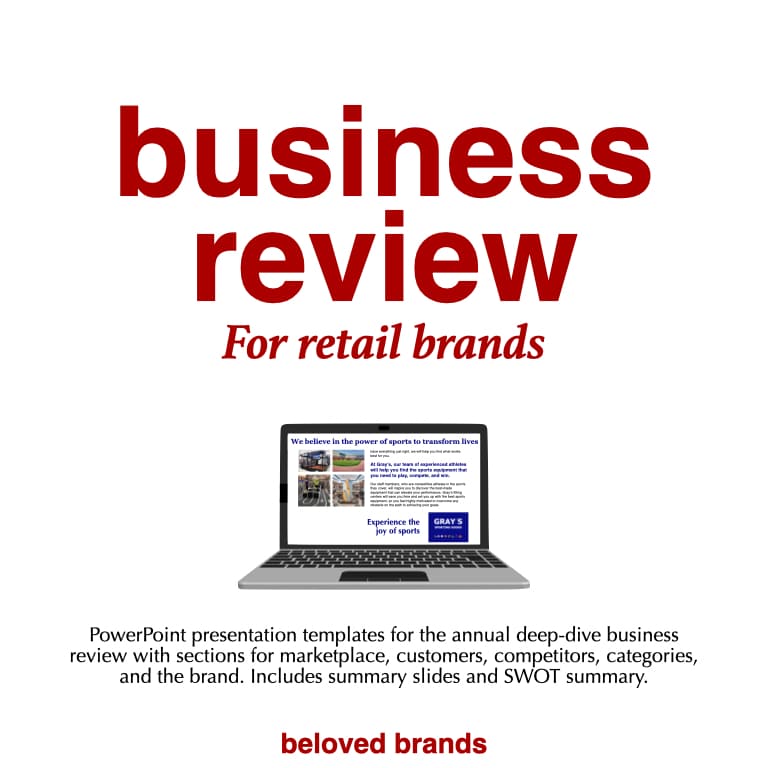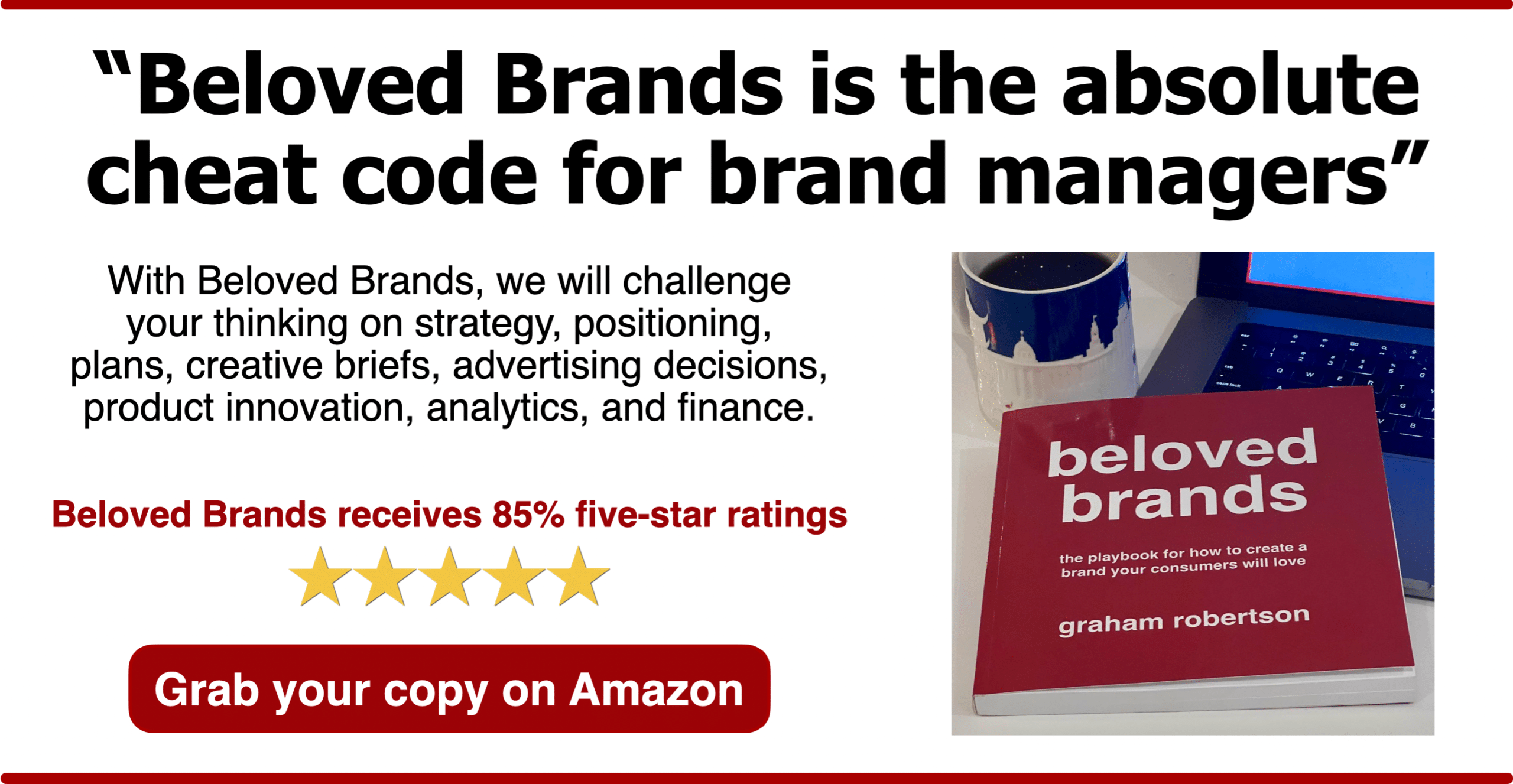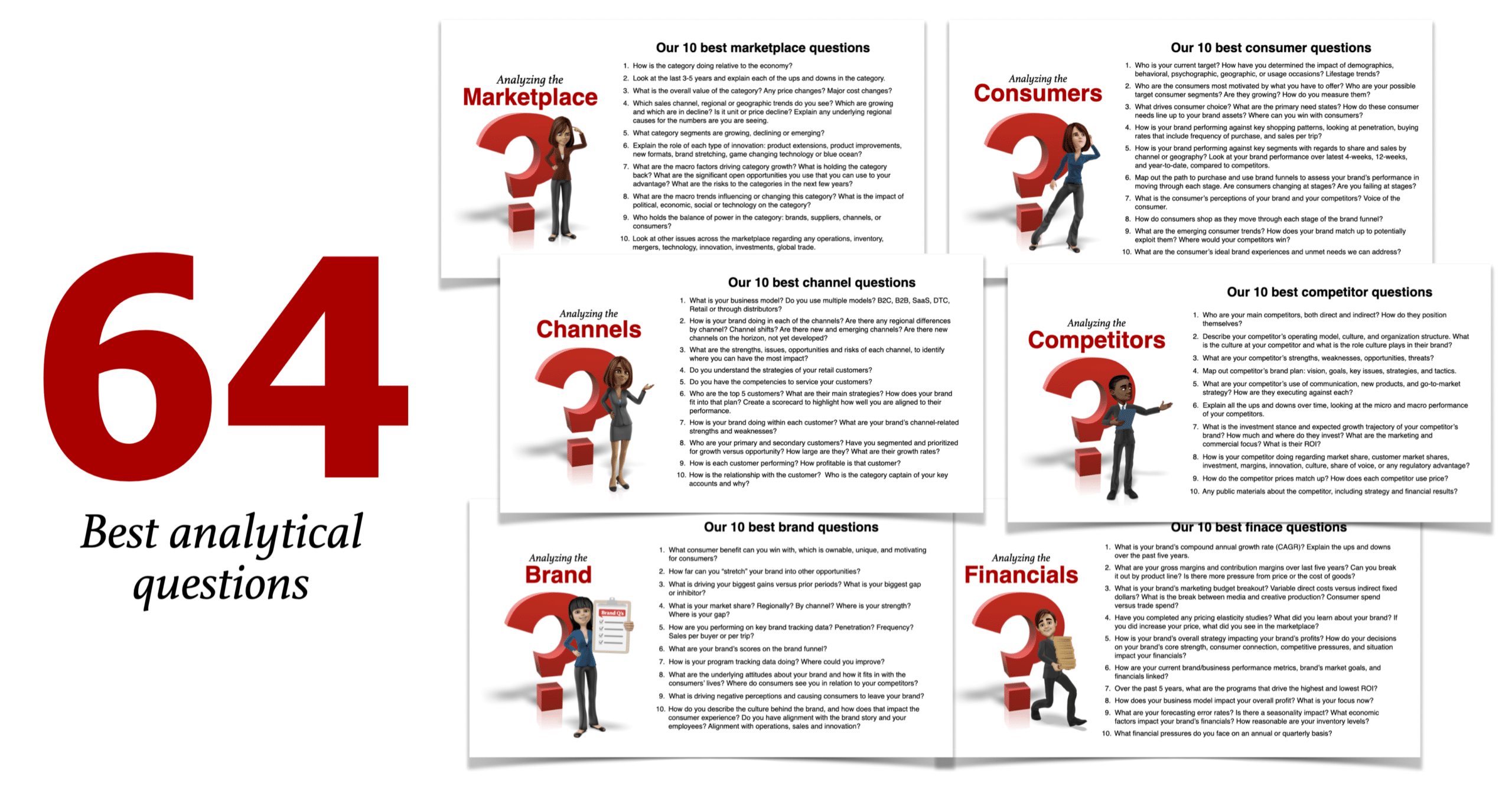It’s imperative to understand that every business should conduct a brand audit annually. This process uncovers key issues and sets up a strategic plan for the brand’s future. Moreover, if you’re not integrating this essential step, you’re arguably neglecting the optimal management of your brand. Furthermore, adopting a monthly report system can keep your brand performance in check. For those unfamiliar with the process, this article aims to guide you on how to conduct a brand audit effectively. And, I will show you our brand audit template with plenty of brand audit examples.
However, a common oversight I’ve observed is that many leaders resort to a brand audit only during times of crisis—be it during a brand turnaround or a realignment. Unfortunately, this reactive approach is often too late. Conducting a brand audit annually can provide a transparent snapshot of your brand’s strengths, challenges, opportunities, and potential pitfalls. Subsequently, armed with this information, your annual brand plan can be tailored to navigate these elements.
Lastly, being proactive by staying on top of brand analytics allows for continuous adjustments, reducing the need for dramatic brand overhauls. And to make things easier, consider utilizing a brand audit template to streamline the process.
The structure of a Brand Audit
1️⃣ Tracking Growth: Sales and market share
First, you need to measure your brand’s growth. Are your sales figures on an upward trajectory? Next, zoom out and see the bigger picture. Ask yourself, what slice of the market does your brand own? And, to pinpoint your exact market share can highlight areas of strength and unveil expansion opportunities.
- Sales Growth: Essentially, most marketing teams are there to drive sales growth. Is the brand’s tale gaining momentum over time, captivating more of the audience?
- Market Share: To track strategy, it’s important to measure how well the brand is doing in the marketplace; how prominently does your brand’s story feature?
To illustrate, click on how to conduct a brand audit using market share data.
2️⃣ Measuring the in-market performance
At the heart of understanding your brand’s health is in-market performance. Here, we explore consumption data in detail. How many consumers are familiar with your brand? How frequently are they engaging with it?
Such insights provide a foundational grasp of your brand’s stand in the vast market landscape. To go deeper, read our consumer analytics article: Click to read more.
This initial assessment dives into:
- Penetration: First, look at the percentage of consumers who’ve engaged with your brand over a specific timeframe, giving insights into its reach.
- Frequency: Then, look at how often they buy. It’s more than just attracting visitors. Essentially, it’s about knowing and understanding how often they interact with the brand.
To illustrate, click on how to conduct a brand audit using market share data.
3️⃣ Tracking consumer journey through the marketing funnel
Every consumer embarks on a journey with your brand, but how fluid is this path? Using the marketing funnel, we can trace their steps, from the initial awareness of your brand to ultimate loyalty. Importantly, a marketing funnel offers invaluable insights, revealing stages where consumers might be dropping off and areas where they’re deeply engaged.
Firstly, the marketing funnel offers a comprehensive perspective of a consumer’s journey with your brand. Secondly, measuring metrics ranging from awareness and familiarity to consideration, purchase, and loyalty is crucial. To go deeper, read our marketing funnels article: Click to read more.
Understanding the consumer journey is paramount to brand success in today’s dynamic digital age. OmniChannel Marketing offers a seamless strategy that aligns diverse channels, ensuring that consumers receive a consistent and unified brand experience at every touchpoint.
To illustrate, click on how to conduct a brand audit using marketing funnel data.
Lining up the brand love curve
Importantly, you can engage strategic tools like our brand love curve to identify where consumers fall off and strategize to improve those stages.
Unknown
Firstly, all new brands are entirely “unknown” to consumers. Secondly, consumers often overlook them unless there’s an enticing message. To make a mark, it’s crucial for these brands to stand out amidst the bustling market.
Indifferent
Then, when a brand reaches the “indifferent” phase, consumers merely feel neutral about it, much like their sentiments towards everyday commodities. However, these brands only cater to the basic needs. On one hand, consumers might buy them on sale. On the other hand, they’d easily revert to their preferred brand if it’s not discounted. To thrive, brands must offer uniqueness, better quality, or affordability. Otherwise, their lifespan in the market is limited, and investments go down the drain.
Like it
Transitioning to the “like it” phase, brands witness initial business growth. Consumers perceive them as practical and wise choices. Yet, without an emotional bond, loyalty remains uncertain. While these brands emphasize product efficacy, they often neglect emotional resonance.
Love it
Interestingly, when a brand reaches the “love it” stage, its consumer base becomes more emotionally attached. A golden rule here is: your consumers should adore the brand before you convey your affection towards them. Such brands are interwoven into the consumers’ favorite daily moments, fostering loyalty and routine. Moreover, it’s vital for these brands to reciprocate the love, fortifying the connection with their ardent supporters.
Beloved stage
Lastly, attaining the “beloved brand” status means achieving iconic stature, revered by a dedicated group of brand enthusiasts. These individuals view the brand as a personal emblem, something they flaunt with pride.
To illustrate, click on how to conduct a brand audit using marketing funnel data.
4️⃣ Assessing your marketing activities
Your brand leaves imprints everywhere, be it through advertisements, product innovations, or its presence in stores. Importantly, how influential are these imprints? Do your advertisements connect with viewers? Additionally, does your in-store performance contribute to sales? Significantly, every interaction plays a role in defining your brand’s image and success.
Advertising:
Firstly, it’s crucial to recognize the worth of advertising tracking data. Delve into both aided and unaided awareness, and additionally, consider metrics like the share of the last five purchases, distinctiveness, and buying intention.
Innovation:
Then, keep a close eye on your brand’s freshness index. This involves a continuous cycle of researching, trialing, and rolling out product enhancements, new styles, and even expanding the brand’s scope.
In-Store Performance:
Lastly, it’s essential to grasp your brand’s behavior at the purchasing point. Are there potential distribution voids? Furthermore, how do in-store campaigns influence sales and the way people view your brand?
To illustrate, click on how to conduct a brand audit using program tracking data.
5️⃣ Measuring the bottom-line profitability
Although growth and market presence hold importance, ultimately, profitability stands as a supreme gauge of your brand’s vitality. Firstly, delve into your financials. Determine where your revenue streams are most robust and, conversely, where expenses may be impacting profit margins. Additionally, this metric frequently acts as a guide, steering upcoming strategies.
To illustrate, read our brand profitability article: Click to read more.
To illustrate, click on how to conduct a brand audit using program tracking data.
Brand Toolkits
Our Brand Toolkit is our most comprehensive template with every PowerPoint slide that you need to run your brand.
- Brand Plan Template: Expertly designed slides for the vision, purpose, analysis, key issues, strategies, and execution plans. Additionally, separate slides are included for sales forecasts, financials, and activity calendars.
- Brand Positioning Template: Best way to lay out your brand’s consumer profile, brand positioning statement, brand idea, brand concept, values, credos, and creative briefs.
- Business Review Template: A brand audit tool that the best marketers use to analyze the marketplace, consumers, competitors, channels, and your brand.
Benefits of our Brand Toolkit
- PowerPoint Templates: Ready-to-use, pre-formatted slides expertly tailored to present your brand strategy.
- Key Marketing Definitions: Insert your brand information effortlessly.
- Full-Completed Example: A step-by-step guide that showcases how the best brand leaders present.
Choose the right brand toolkit for your business needs
Brand Toolkit for brand consultants
🔍 Discover The Ultimate Branding Guide: Dive deep into the brand consulting world with our Brand Consulting Toolkit, a culmination of our expert template slides for consumer brands, B2B, retail brands, and healthcare brands.
🚀 Save Time & Impress: Upgrade to the all-in-one Brand Consulting Toolkit – use our expert slides and skip the extra work so you can focus on dazzling your clients. Brand Plans, Brand Positioning, Creative Briefs, and Business Reviews.
6️⃣ Piecing it together with a SWOT analysis
Drivers/Strengths:
First, where is the brand excelling? This could be in areas of market share, consumer loyalty, or even profitability. To start, look at the factors of strength or inertia that accelerate your brand’s growth—a maximum of three bullet points. The driving factors could be related to brand assets, successful programs working, and favorable market trends. Look at new products, advertising, and channels. Essentially, keep fueling these growth drivers in your brand plan.
Inhibitors/Weaknesses:
Where are the gaps? These could be leaks in the consumer buying journey, underperforming marketing activities, or profitability issues. To start, look at the factors of weaknesses or friction that slow your brand down, a leak that needs fixing Achilles heel, competitive pressure, unfavorable market forces, channels, and specific segments. Importantly, how you write your brand strategy should work to minimize these weaknesses.
Opportunities:
Where can the brand grow further? These might be in untapped market segments, potential innovations, or improved marketing strategies. To start, look at the specific untapped areas in the market that would fuel future growth. It could be based on unfulfilled consumer needs, new technologies on the horizon, regulation changes, new distribution channels, or the removal of trade barriers. Essentially, find ways in your strategic plan to take advantage of these opportunities.
Threats:
What external factors might hinder growth? This could be rising competitors, changing market dynamics, or even shifting consumer behaviors. To start, look at the changing circumstances, including consumer needs, new technologies, competitive activity, distribution changes, or potential trade barriers that create potential risks to your growth. In your marketing plan, build strategies that will minimize the impact of these risks.
To illustrate, click on how to conduct a brand audit, summarized with a SWOT analysis.
Putting together a brand audit
Conducting a brand audit is akin to a routine health check-up. It’s about understanding symptoms, diagnosing issues, and charting a wellness course. By following our brand audit template, brands can ensure they’re aware of their current health and equipped to thrive in the ever-evolving market landscape.
To use our business review template, click this link: Business Review.
Business Review Template
In my tenure at J&J, an annual deep-dive business review was a ritual – a meticulous exercise that held the power to transform brand trajectories. With 15 dynamic brands under my stewardship, I’ve meticulously reviewed hundreds of these evaluations. The insights gleaned from these reviews have been instrumental, allowing me to discern precisely what decision-makers seek and ensuring the information presented is both impactful and actionable. Our Business Review template slides are meticulously curated from years of hands-on experience.
To illustrate, click on how to conduct a brand audit using our Business Review template.
- Holistic Brand Performance Analysis: Immerse yourself in a systematic review that delves into the core sectors affecting your brand. Understand the broader market dynamics and identify growth opportunities. Dive deep into consumer behavior, preferences, and evolving trends. Assess the efficacy of your distribution and sales channels. Sharpen your competitive edge by analyzing your rivals’ strengths and vulnerabilities. Reflect on your brand’s health, positioning, and resonance with your audience.
- Detailed Exploration: Each of the five pivotal sectors is furnished with 3-5 dedicated slides, zeroing in on the most salient facets of your review. This detailed structure ensures you capture the nuances, illuminating your brand’s strengths while pinpointing areas ripe for optimization.
- Brand Audit Excellence: These templates are more than just a review; they’re a roadmap. Harness them to execute a flawless brand audit, positioning your brand for unparalleled growth and market dominance.



